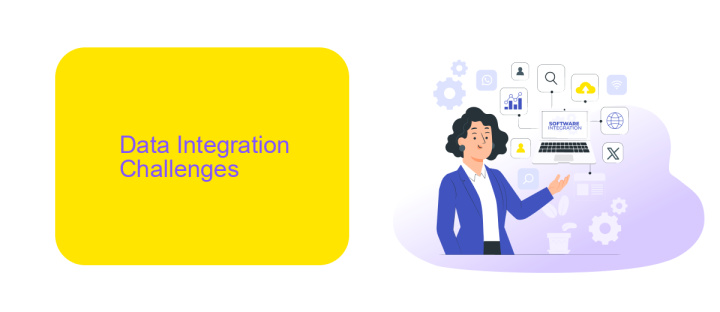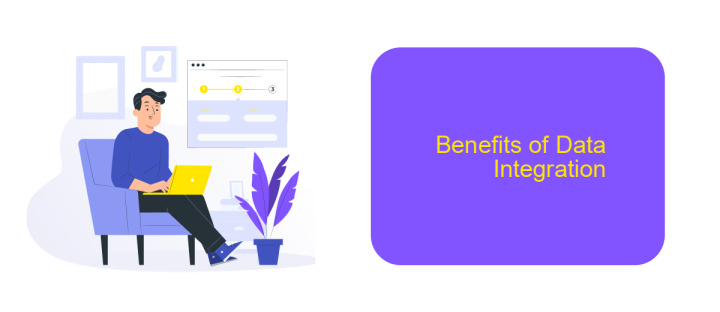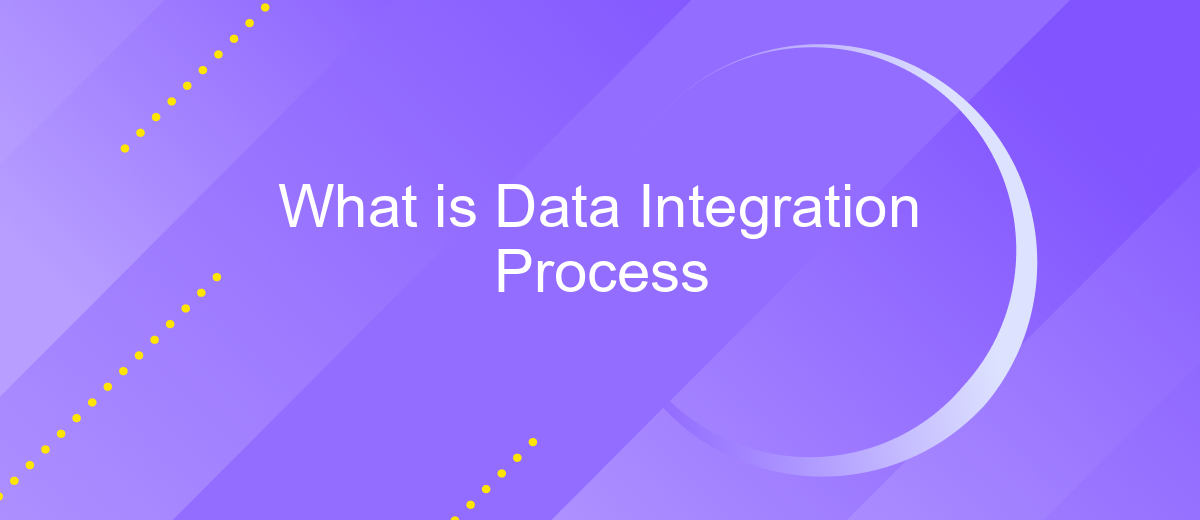What is Data Integration Process
Data integration is a crucial process in the realm of information management, involving the combination of data from different sources into a unified view. This process enables organizations to streamline operations, enhance decision-making, and gain comprehensive insights. By understanding the data integration process, businesses can effectively manage and utilize their data assets to drive growth and innovation.
Introduction
Data integration is a crucial process in the realm of data management that involves combining data from different sources to provide a unified view. This process is essential for businesses to ensure data consistency, improve data quality, and enable comprehensive data analysis. By integrating data, organizations can make more informed decisions, enhance operational efficiency, and drive innovation.
- Data consistency: Ensures uniformity across different data sources.
- Improved data quality: Enhances the accuracy and reliability of data.
- Comprehensive data analysis: Facilitates better insights and decision-making.
- Operational efficiency: Streamlines processes and reduces redundancy.
One of the key tools that can simplify the data integration process is ApiX-Drive. This service allows businesses to automate data transfers between various systems, ensuring seamless integration without the need for extensive coding. By leveraging ApiX-Drive, organizations can save time, reduce errors, and focus on utilizing their data to its fullest potential.
Data Integration Challenges

Data integration presents several challenges that can complicate the process of unifying disparate data sources. One major issue is data inconsistency, where different systems may store data in various formats, making it difficult to merge them seamlessly. Additionally, data quality concerns such as incomplete or outdated information can further hinder effective integration. Organizations must also address security and compliance issues, ensuring that sensitive data is protected during the integration process and that all regulatory requirements are met.
Another significant challenge is the complexity of integrating data from multiple sources, especially when dealing with legacy systems that may not easily interface with modern applications. This is where tools like ApiX-Drive can be invaluable. ApiX-Drive simplifies the integration process by providing a user-friendly platform that allows for the seamless connection of various data sources without the need for extensive coding. By automating many of the integration tasks, ApiX-Drive helps organizations overcome technical barriers and ensures a smoother, more efficient data integration process.
Data Integration Process

Data integration is a critical process for organizations aiming to consolidate data from various sources into a unified view. This process ensures that data is consistently available, accurate, and up-to-date across different systems and applications.
- Identify Data Sources: Determine all the data sources that need to be integrated, such as databases, cloud storage, and third-party applications.
- Data Extraction: Extract the necessary data from these sources using appropriate tools and techniques.
- Data Transformation: Cleanse and transform the extracted data to ensure it meets the required format and quality standards.
- Data Loading: Load the transformed data into a central repository, such as a data warehouse or data lake.
- Data Synchronization: Regularly update and synchronize the data to ensure consistency and accuracy.
Tools like ApiX-Drive can significantly simplify the data integration process by automating the extraction, transformation, and loading (ETL) steps. ApiX-Drive allows seamless integration between various applications and data sources, enabling businesses to maintain a cohesive and reliable data ecosystem.
Benefits of Data Integration

Data integration offers numerous advantages for businesses, enabling them to consolidate information from various sources into a single, unified view. This process enhances data accessibility and provides a comprehensive understanding of business operations, facilitating informed decision-making.
One of the key benefits is the improvement in data quality. By integrating data from different systems, inconsistencies and errors can be identified and corrected, ensuring that the information used for analysis is accurate and reliable. Additionally, data integration reduces redundancy, as it eliminates the need for multiple copies of the same data across different platforms.
- Enhanced decision-making capabilities
- Improved data quality and accuracy
- Increased operational efficiency
- Reduced data redundancy
- Streamlined business processes
Furthermore, tools like ApiX-Drive simplify the data integration process by providing automated solutions that connect various applications and services. This not only saves time but also reduces the complexity involved in manual data integration. As a result, businesses can focus more on strategic initiatives rather than managing data silos.
- Automate the work of an online store or landing
- Empower through integration
- Don't spend money on programmers and integrators
- Save time by automating routine tasks
Conclusion
In conclusion, the data integration process is a critical component for businesses aiming to streamline their operations and make informed decisions based on comprehensive data insights. By consolidating data from various sources, organizations can achieve a unified view of their information, which enhances accuracy, efficiency, and decision-making capabilities. This process not only helps in reducing data silos but also ensures that data is consistent and up-to-date across all platforms.
Utilizing advanced tools and services like ApiX-Drive can significantly simplify the data integration process. ApiX-Drive offers seamless integration solutions that automate the transfer and synchronization of data between different applications and systems. This not only saves time and resources but also minimizes the risk of errors, ensuring that businesses can rely on accurate and timely data. As the demand for real-time data continues to grow, leveraging such integration services will be essential for maintaining a competitive edge in today's data-driven world.
FAQ
What is Data Integration?
Why is Data Integration important?
What are the common challenges in Data Integration?
How can automation help in the Data Integration process?
What are the key steps in the Data Integration process?
Time is the most valuable resource for business today. Almost half of it is wasted on routine tasks. Your employees are constantly forced to perform monotonous tasks that are difficult to classify as important and specialized. You can leave everything as it is by hiring additional employees, or you can automate most of the business processes using the ApiX-Drive online connector to get rid of unnecessary time and money expenses once and for all. The choice is yours!


